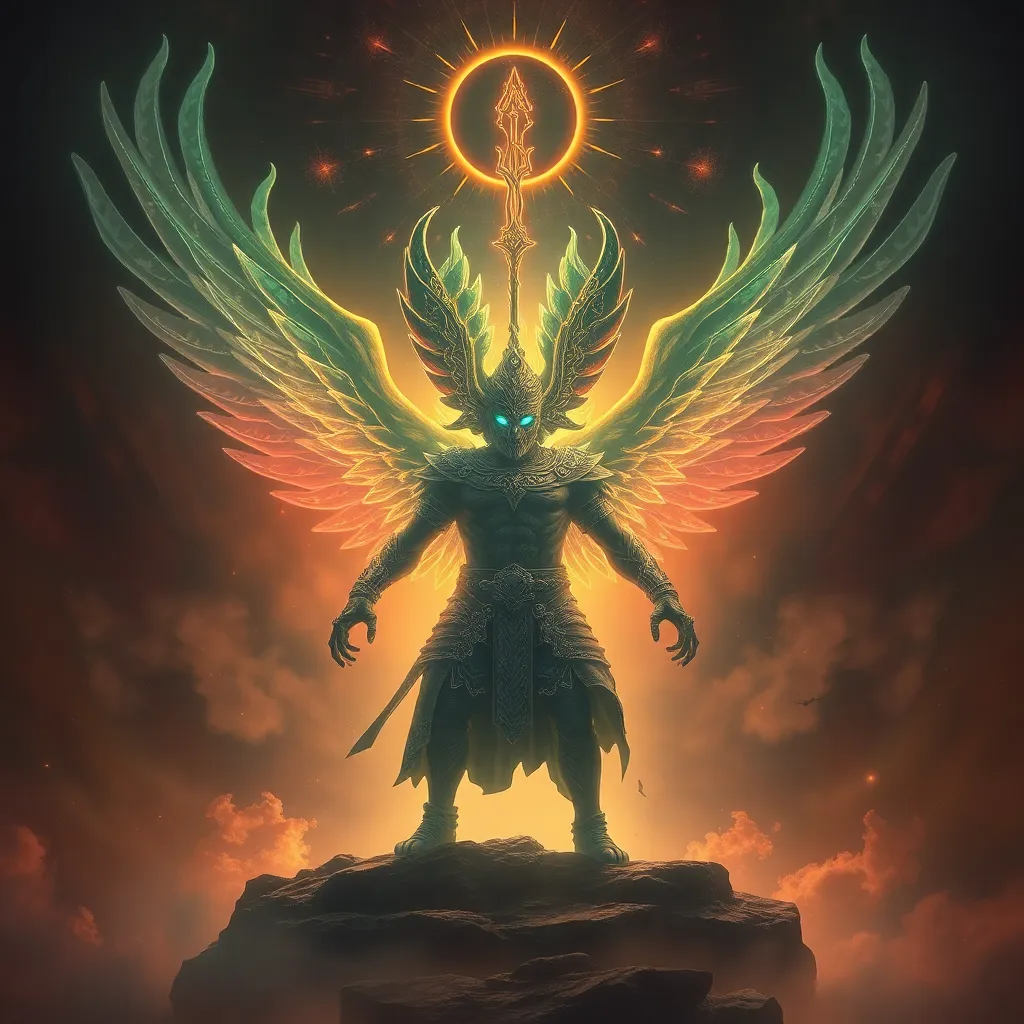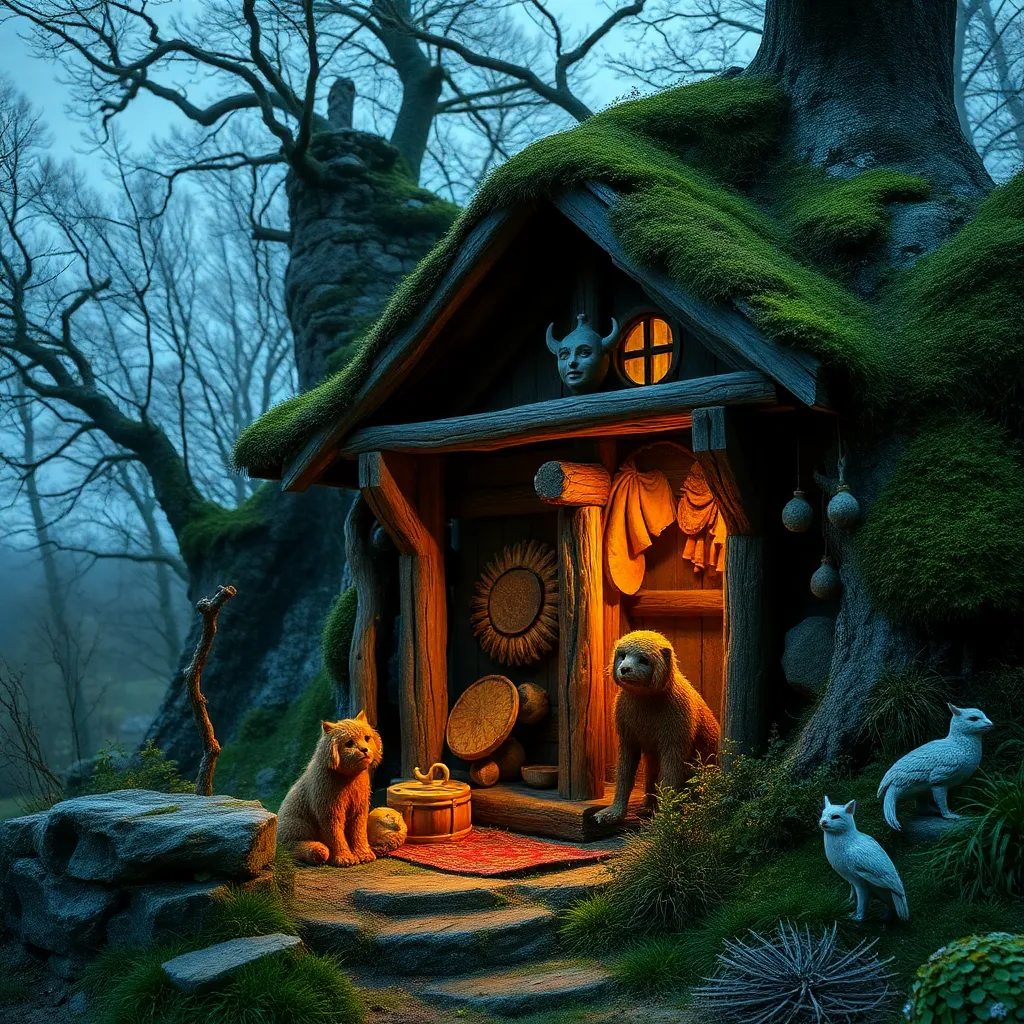The Rise of Ah Puch: The Myth of the God of Death’s Ascension
I. Introduction
Ah Puch, often referred to as the God of Death in Maya mythology, holds a significant place in the pantheon of Mesoamerican deities. His character embodies the complex relationships that ancient cultures had with death, mortality, and the afterlife. Understanding Ah Puch is essential for grasping the intricate cultural narratives that surround death gods across different civilizations.
The significance of death gods like Ah Puch transcends mere mythology; they offer insights into how societies perceive mortality, the afterlife, and the cyclical nature of existence. This article aims to explore the rise of Ah Puch in contemporary narratives, examining his historical roots, evolution, and cultural relevance today.
II. Historical Background of Ah Puch
Ah Puch’s origins can be traced back to classical Maya mythology, where he is depicted as a skeletal figure often associated with decay and the underworld. He is one of the key figures in the Maya pantheon, representing not just death but also the inevitable cycle of life and rebirth.
His symbolism is rich and multifaceted, characterized by attributes such as:
- A skeletal body, often adorned with bells and symbols of decay.
- Association with the night and darkness, emphasizing his role as a guide for souls in the underworld.
- Representation of the duality of life and death, illustrating the interconnectedness of existence.
Ah Puch’s role in the underworld is pivotal, as he presides over the dead and governs the realm of Xibalba, the Maya underworld. This cyclical understanding of life and death was central to Maya cosmology, where death was not an end, but a transition to another state of being.
III. Ah Puch in Ancient Texts and Art
The depiction of Ah Puch can be found in various ancient Maya texts and codices. Notable sources include the Popol Vuh and the Dresden Codex, which provide insights into his character and significance. These texts often highlight his interactions with other deities and the souls of the deceased.
Artistic representations of Ah Puch vary widely, featuring him in murals, pottery, and carvings. These artworks serve not only as aesthetic expressions but also as cultural artifacts that encapsulate the beliefs and fears surrounding death:
- Murals depicting Ah Puch in ritualistic contexts, emphasizing the importance of death in Maya society.
- Pottery that features scenes of the underworld, showcasing Ah Puch as a central figure in the afterlife journey.
When compared to other Mesoamerican death deities, such as Mictlantecuhtli from Aztec mythology, Ah Puch offers a unique perspective, embodying both fear and reverence for the life cycle.
IV. The Evolution of Ah Puch’s Mythology
The portrayal of Ah Puch has evolved throughout history. Initially depicted as a fearsome deity, his image has been softened and reinterpreted in modern contexts. The impact of colonialism introduced new narratives and syncretic elements, merging indigenous beliefs with European influences.
In contemporary interpretations, Ah Puch appears in various forms of literature, visual arts, and digital media, often serving as a symbol of resilience and a reminder of the importance of understanding one’s heritage. His evolution reflects broader cultural shifts, as well as an increased interest in indigenous narratives.
V. Ah Puch’s Cultural Relevance Today
In recent years, there has been a resurgence of interest in indigenous mythologies, with Ah Puch at the forefront of this exploration. His presence in contemporary art, literature, and even popular culture signifies a renewed appreciation for Mesoamerican deities and their narratives.
Ah Puch has influenced modern spiritual practices, as individuals draw on his symbolism to explore themes of mortality and the afterlife. This cultural relevance is evident in:
- Art exhibitions that showcase indigenous themes, often highlighting the story of Ah Puch.
- Literature that reimagines his myth in a modern context, making ancient stories accessible to new audiences.
VI. The Psychological and Symbolic Aspects of Death in Ah Puch’s Myth
Ah Puch’s mythology offers deep psychological insights into the human experience of death. Rather than merely representing fear, he embodies the acceptance of mortality as a natural part of existence. This duality is crucial in understanding how societies cope with death and loss.
Through his narrative, Ah Puch serves as a bridge between fear and acceptance, illustrating that:
- Death is an inevitable part of life, and understanding this can lead to a greater appreciation for existence.
- Myths play a vital role in helping cultures navigate their fears and beliefs surrounding mortality.
VII. The Global Impact of Ah Puch’s Reimagining
The narrative of Ah Puch has transcended cultural boundaries, leading to cross-cultural comparisons with other death deities. This global perspective allows for a deeper understanding of how different societies interpret death:
- Comparative studies with figures like Hades from Greek mythology and Anubis from Egyptian mythology highlight universal themes in death narratives.
- Globalization has facilitated the spread of Ah Puch’s story, making it relevant in various cultural contexts.
Community engagement and educational initiatives around Mesoamerican mythology are crucial for preserving these ancient stories and making them accessible to future generations.
VIII. Conclusion
Ah Puch’s rise in contemporary narratives underscores the significance of ancient myths in understanding human experiences with death. His evolving portrayal reflects cultural shifts, highlighting the importance of preserving and appreciating indigenous narratives.
As we continue to explore the rich tapestry of Mesoamerican mythology, the future holds exciting possibilities for research and representation of deities like Ah Puch. Understanding these ancient figures offers not only a glimpse into the past but also valuable lessons for navigating our own beliefs about life and death.

![✨Against The Sky Supreme EP 01 - EP 140 Highlights [MULTI SUB]](https://i.ytimg.com/vi/AXCj7ldBebM/hqdefault.jpg)


